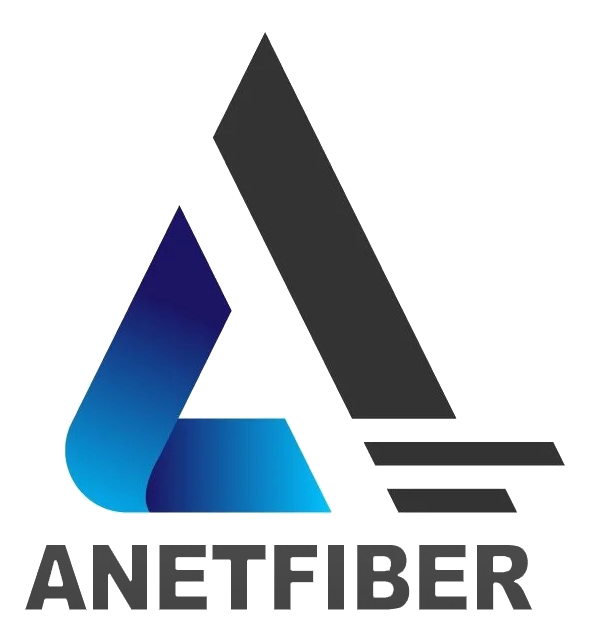5 Benefits of Pre-terminated Fiber Patch Cables in Network Installations

Overview of Fiber Patch Cables in Network Installations
In the realm of network installations, fiber patch cables play a crucial role in ensuring seamless connectivity and data transmission. These cables serve as the medium for transmitting data signals using light waves, making them essential components in modern networking infrastructures.
The Role of Fiber Patch Cables
Fiber patch cables act as the bridge that connects various network components such as switches, routers, and servers. They facilitate high-speed data transfer and are instrumental in maintaining the integrity and efficiency of network connections.
Pre-terminated vs. Field-terminated: A Quick Comparison
When it comes to deploying fiber patch cables, two primary options exist: pre-terminated and field-terminated cables. The former comes with connectors already attached, offering convenience and time-saving benefits. On the other hand, field-terminated cables provide customization options for specific installation requirements, making them suitable for unique deployment scenarios.
Key Benefits of Pre-terminated Fiber Patch Cables
In the realm of network installations, pre-terminated fiber patch cables offer a range of advantages that contribute to streamlined deployment and enhanced performance. Understanding the key benefits of these cables is essential for making informed decisions in network infrastructure setups.
Pre-terminated: Ready to Use
One of the primary benefits of pre-terminated fiber patch cables is their readiness for immediate deployment. With connectors already attached, these cables eliminate the need for time-consuming termination processes on-site, thereby saving time and effort during installation and maintenance tasks. This convenience proves especially valuable in scenarios where rapid deployment and efficient resource allocation are paramount.
Enhanced Reliability
Another significant advantage lies in the quality and consistency offered by pre-terminated fiber patch cables. The manufacturing process ensures precise connector attachment and cable termination, resulting in reliable and consistent performance across all connections. This level of quality control minimizes the risk of signal loss or disruptions, contributing to the overall stability and efficiency of network operations.
In addition to these benefits, pre-terminated fiber patch cables also provide cost-effective solutions for various networking requirements, making them an ideal choice for modern network infrastructures.
Installation Time and Ease
When it comes to the installation process, pre-terminated fiber patch cables offer distinct advantages in terms of installation time and ease compared to their field-terminated counterparts. Understanding these benefits is crucial for network infrastructure setups.
Quick and Easy Setup
The deployment of pre-terminated fiber patch cables involves a quick and straightforward setup, significantly reducing the time required for installation. With connectors already attached, there is no need for extensive termination procedures on-site, leading to a more efficient and streamlined deployment process. This aspect proves especially beneficial in scenarios where rapid network expansion or reconfiguration is necessary. Additionally, the simplified setup contributes to minimizing potential disruptions during installation, ensuring a smooth transition to the new network configuration.
No Special Tools Required
Unlike field-terminated cables that often necessitate specialized tools for connector termination, pre-terminated fiber patch cables eliminate the requirement for such tools. This absence of specialized equipment further enhances the ease of installation, allowing for a more accessible and user-friendly deployment experience. As a result, network technicians can carry out installations with greater efficiency and reduced reliance on complex toolsets, ultimately contributing to cost savings and operational convenience.
Less Need for Technical Expertise
Another notable advantage of pre-terminated fiber patch cables lies in the reduced demand for technical expertise during the installation process. The simplified nature of deploying these cables minimizes the complexity typically associated with intricate connector terminations, making it feasible for a broader range of personnel to handle installations effectively.
Simplifying the Installation Process
By streamlining the installation process through pre-terminated solutions, organizations can allocate resources more efficiently without heavily relying on highly specialized technical skills. This approach not only reduces dependency on expert technicians but also opens up opportunities for in-house teams to manage certain aspects of network infrastructure expansion or upgrades independently.
Reliability and Performance
In the realm of network infrastructure, pre-terminated fiber patch cables offer a distinct advantage in terms of reliability and performance when compared to field-terminated alternatives. Understanding the factors that contribute to this superiority is essential for making informed decisions in network setups.
Superior Quality Control
The reliability comparison between pre-terminated and field-terminated fiber patch cables reveals a significant aspect: superior quality control. The manufacturing process of pre-terminated cables incorporates stringent quality checks at every stage, ensuring precise connector attachment and cable termination. Moreover, these cables undergo comprehensive factory testing to validate their performance under varying conditions. This meticulous approach guarantees that each cable meets the required industry standards, providing an assurance of consistent and reliable connectivity across the network infrastructure.
Factory Testing Ensures Performance
The factory testing procedures for pre-terminated fiber patch cables involve subjecting the cables to rigorous assessments, including signal transmission tests and environmental simulations. These tests verify the cables' ability to maintain optimal performance levels in diverse operational scenarios, thereby instilling confidence in their reliability. As a result, organizations deploying pre-terminated cables can expect consistent and dependable connectivity without concerns about potential performance fluctuations or compatibility issues.
Reduced Risk of Damage
Another crucial aspect contributing to the reliability of pre-terminated fiber patch cables is the reduced risk of damage during transportation and installation. Unlike field-terminated options that are susceptible to on-site handling errors, pre-terminated cables are carefully packaged and transported under secure conditions from the manufacturing facility to the deployment site.
Safe and Secure Transportation
Pre-terminated cables undergo meticulous packaging processes that shield them from potential damage during transit. The use of protective materials and standardized handling protocols minimizes the risk of physical harm or structural compromise, preserving the integrity of the connectors and cable components. This approach not only ensures that the cables arrive at their destination in optimal condition but also reduces the likelihood of post-installation issues related to damaged or compromised connections.
Cost-Effectiveness and Deployment Scenarios
In network infrastructure planning, considering the cost implications of different cable deployment options is crucial. When evaluating the long-term savings associated with pre-terminated fiber patch cables, it becomes evident that they offer significant advantages over field-terminated alternatives.
Long-Term Savings
The utilization of pre-terminated fiber patch cables translates to substantial long-term savings for organizations. One key area where these savings manifest is in the form of lower maintenance and repair costs. The inherent reliability and quality assurance of pre-terminated cables minimize the need for frequent maintenance interventions and repairs, resulting in reduced operational expenditures over time.
Ideal Situations for Pre-terminated Cables
The decision to opt for pre-terminated fiber patch cables aligns with specific deployment scenarios where speed and reliability are paramount. In environments where rapid network expansion or upgrades are anticipated, pre-terminated cables offer a compelling solution by streamlining the installation process without compromising on performance.
See Also
The Advantages of Hiring Professional Fiber Optic Installation Services
Key Fiber Optic Cable Termination Methods for Network Setup
Important Factors to Consider When Choosing Fiber Optic Patch Cable Lengths
The Crucial Role of Fiber Optic Patch Cable Connectors in Network Efficiency
Top Fiber Optic Cable Management Solutions for Network Systems


